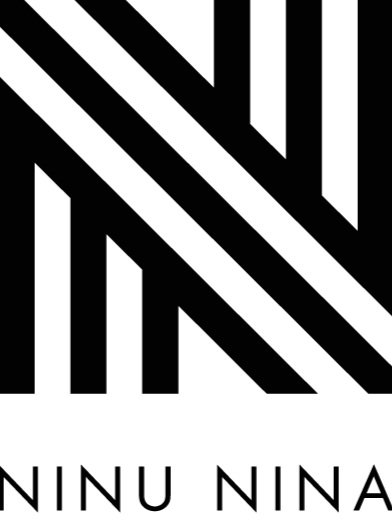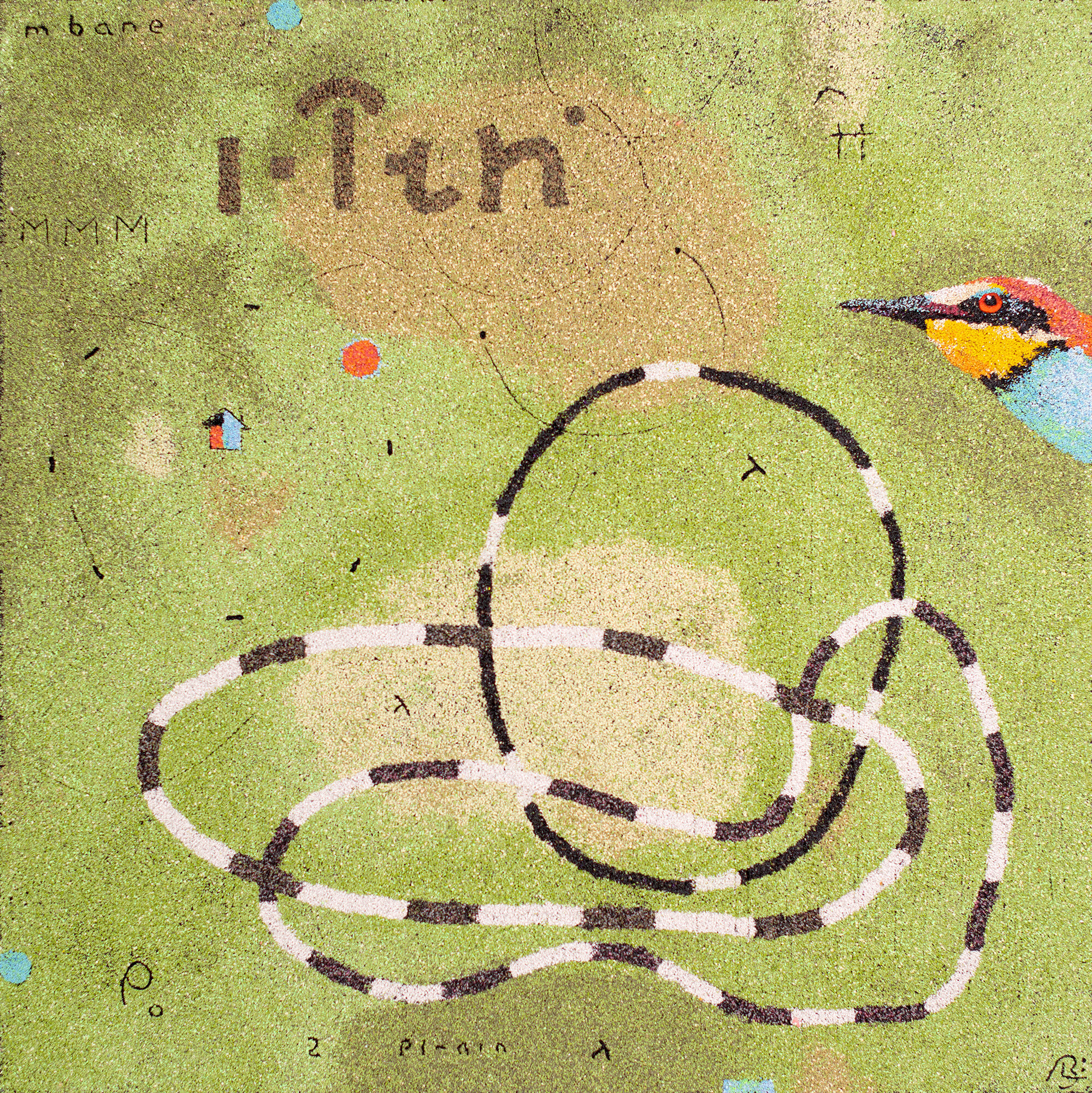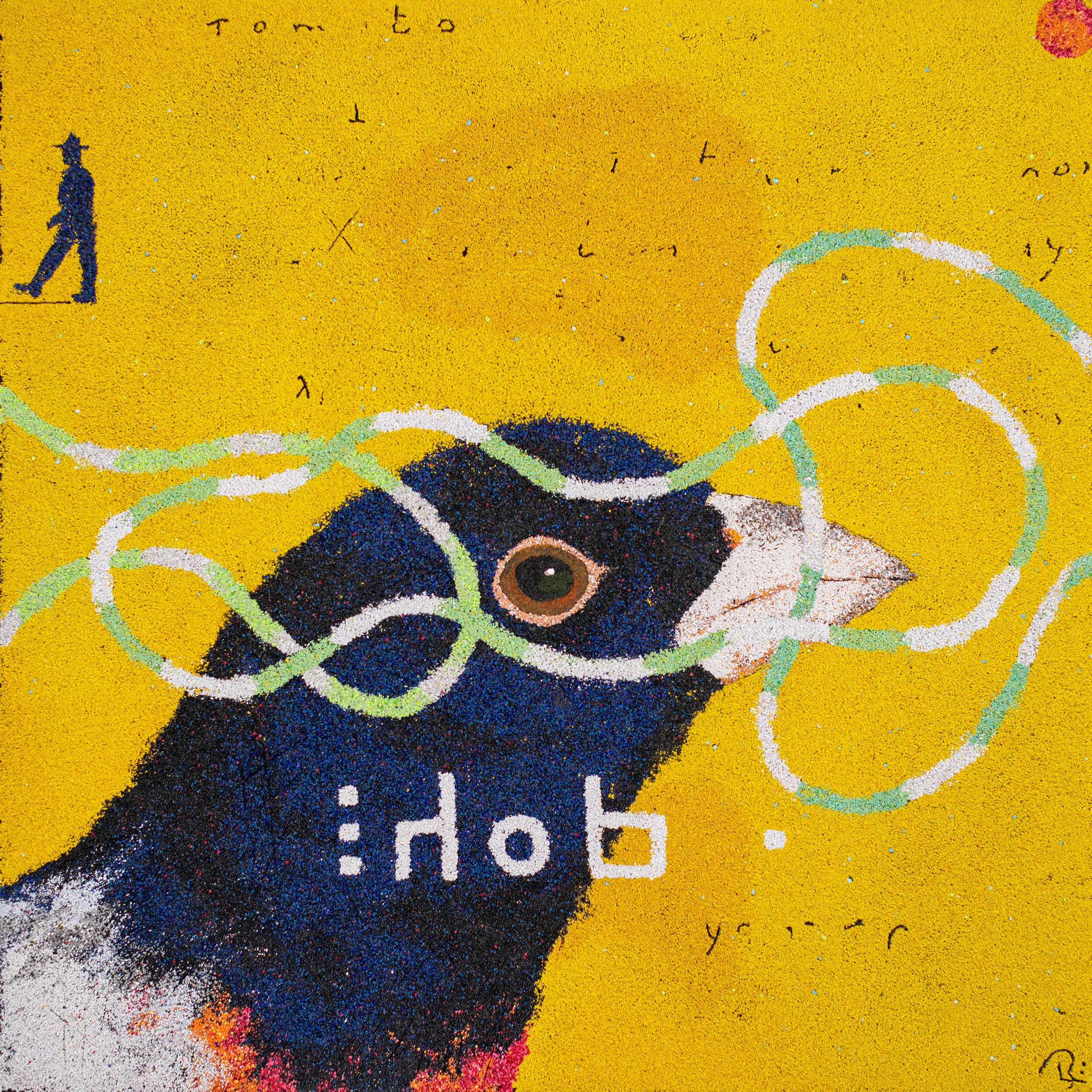ARTIST BOB LANDSTROM
Bob Landström is an Atlanta based artist who creates textured abstract paintings made entirely out of crushed, pigmented volcanic rock.
With backgrounds in both fine art and engineering, Landström experimented with igneous rock until he arrived at his own version of haute pâte (matter painting). As volcanic rock takes time to cure on canvas, like a Polaroid, Landström must look beyond the present to how something will eventually turn out. In the same way, his work is about disengaging the ways we perceive and associate symbols, lyrics, formulas, mathematics, mysticism—anything normally ascribed to belief systems—in order to reveal a core human experience akin to the natural elements he uses in his paintings.
We love your work so much Bob, tell us more about yourself please
I was born in McKeesport, Pennsylvania, a suburb of Pittsburgh. My formal fine art training is from Carnegie-Mellon University and from School of the Museum of Fine Arts at Tufts University in Boston, Massachusetts. Presently, I live and work in Atlanta, Georgia. I bought an old home here a few years ago and renovated it to have a studio. I still long for those large manufacturing loft spaces, but what I have suits me just fine right now.
The idea of belonging to a specific location is sort of tenuous to me. I have fond memories of where I grew up, but I think I’m more a product of experiences since then. I’ve spent quite a lot of time abroad. I’ve spent years in places many people only dream of visiting. I’ve been to other places most people have never even heard of. I often think it’d be fun to have three or four studios in different countries around the world. Cultural immersion is great fuel for the brain. There are still lots of places I’d like to visit, but travel has become so tedious lately. These days, I get a lot of enjoyment from sitting and watching the bird feeder in my garden.
Your greatest inspirations or influences?
Metaphysics, ancient cultures, quantum physics, and math provide a lot of brain food. I’m searching to understand what it means to be human and to “be” at all.
Tell us a bit about your creative process?
My creative process is fueled by quiet reflection about things I’m researching or reading about. This is an important part of my creative process because my paintings are based in this kind of meditative deep thought, even if the work is not literal in the end. I do a lot of note taking and note making. My journals have more notes and diagrams than they do images. When I begin to get my head around the things I’m thinking about,I’ll do some sketching. Almost all my sketching these days is on my iPad because it’s very easy to refine concepts with the electronic painting tools. I’ll use an image from the iPad as a reference for a painting.
I’ve been using pigmented volcanic rock as a painting medium for a long time. Before I start a painting, I first create the colors of gravel that I’ll need in advance. I make the colored rock one gallon at a time. This takes around 24 hours to complete the process, but I can do several different colors in parallel. I have several dozen bins with different colors of rock in my studio at any given time.
Most of the painting is done with the canvas horizontal on the floor or on a table. When working on a large canvas, I hang in a harness suspended from the ceiling and move the canvas underneath me so that I can reach the entire surface. I have a pulley system to help me lift the large canvases onto the wall when I’m ready to work on it vertically. It’s a somewhat physical process, but it’s driven by the characteristics of this gravel-like medium.
How has this year changed your creativity or how you see the world changing moving forward?
The pandemic hasn’t impacted my creativity much at all. The more notable impact has been the closure of the brick-and-mortar galleries. That hurts quite a bit. I’m glad to see that things are gradually opening now. I have a couple of exhibitions on the calendar for the coming months and I hope that portends strong momentum for the remainder of the year.
When did you begin working with volcanic rock?
I spent some time in the early 1990s studying Native American petroglyphs in the American Southwest. At that same time, I was thinking about how the selection of a medium either aligns, or doesn’t, with the content of the work itself. I was doing both painting and sculpture at the time but was deeply studying metaphysics and ancient mysticism. I think the time spent in the desert looking at rock art catalyzed the notion of using the Earth itself as a painting medium. The fact that igneous rock was once in a liquid state and now solid in my hands gave it a sort of alchemical state-change quality that I really liked too. It took a lot of experiments to figure out how to use it. My processes and tools for using it have evolved quite a bit over time. It’s been almost thirty years for me to paint this way.
Part of your process is allowing the pigmented volcanic rock to cure. How do you feel about the work during that time?
That curing stage is what some people might call “drying.” In my case, because of the material that I work with, there is no wet paint. There’s no water to evaporate as when paint dries. Instead, I use an emulsion to affix the already-colored gravel to the canvas, and that’s the “curing” that is happening. If you called that “drying,” I wouldn’t argue with you. In any case, this is a tricky process and introduces complications as a painter.
When the material first goes onto the canvas, the emulsion makes everything look very milky. The colors of the pigmented rock are muted by this milky emulsion. Additionally, I can “paint” with the material only during this curing process. So there’s this race going on: me versus the curing time of the medium. During this time, I have to look past the milkiness and imagine what the colors will really look like once everything has cured. This is difficult when there are subtle gradations and palette effects in the piece. It takes practice to train one’s eye to see the “now” as well as the “after,” both at the same time. Once it has finally cured, though, it’s hard as a rock again and I can no longer move it around the canvas. So the act of “painting” ends at that point.
In another interview you likened your paintings to maps. Can you expand on this?
You can get lost for hours looking at a map: the hills and valleys, streams and rivers, roads and rail lines. It’s as if you can virtually wander the countryside in your imagination while you stare at a map.
The material I use makes my paintings have the same sort of effect when you look at them from up close. They’re topographical because the material is thicker in some spots, rougher in others. Artifacts of my scraping and drawing into the material with knives and nails are leftover at the end, and it’s fun to follow these lines around the canvas. I often discover marks and messages that I don’t even recall making.
That’s what I mean when I refer to maps. The paintings can read and be enjoyed in that same sort of way. There’s a longevity to the experience of living with one of my paintings.
Who do you consider to be an icon of our time?
You know, time goes by faster and faster every year (if we believe time to be real in the first place). I’ll bet that my parents, born in the Great Depression, could name a person they saw as an icon of their time. For you and me though, someone who was last year’s icon is hard to remember by now. The shelf life of an icon today, I think, is very short. A year? A week maybe?
If we reached way back on the calendar and pulled forward an icon from the past, maybe that would slow things down a bit and allow us to catch our breath. What if we could resurrect Siddartha Gautama, for example? That would shake things up.
What does well-being mean to you?
This is an important question that no one has ever asked me before. I think well-being means the following (and not necessarily in any particular order):
Loving freely.
Being loved.
Peace of mind and clarity of thought.
Living pain-free.
Doing good work.
Time for play.
Website: boblandstrom.com
Instagram: @boblandstrom






